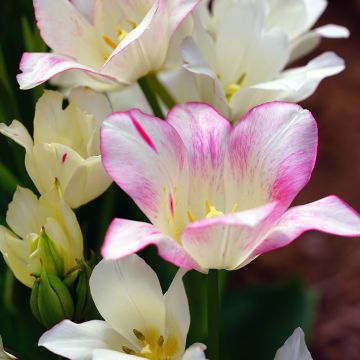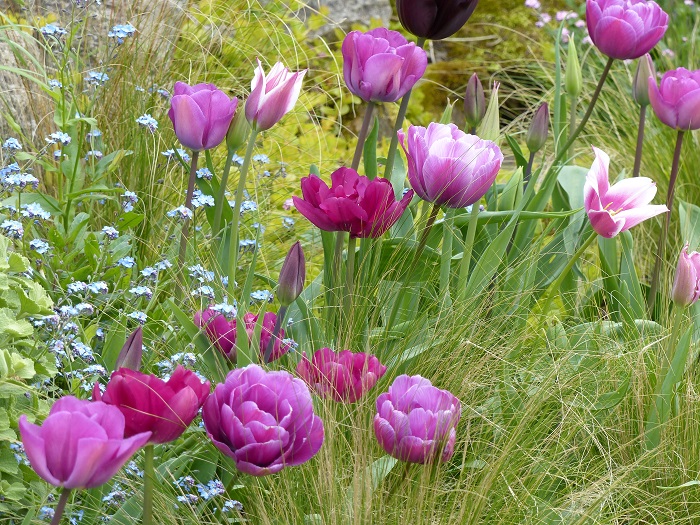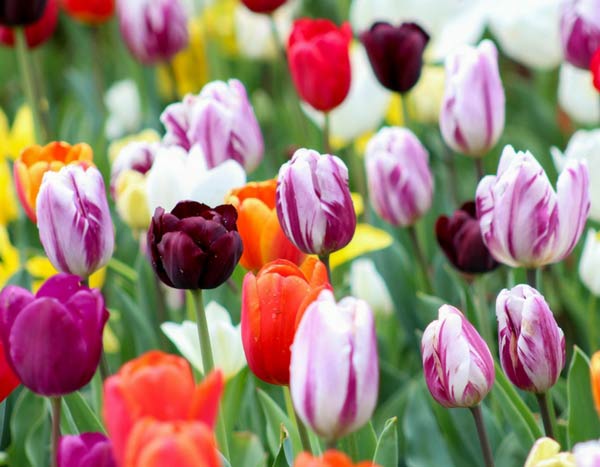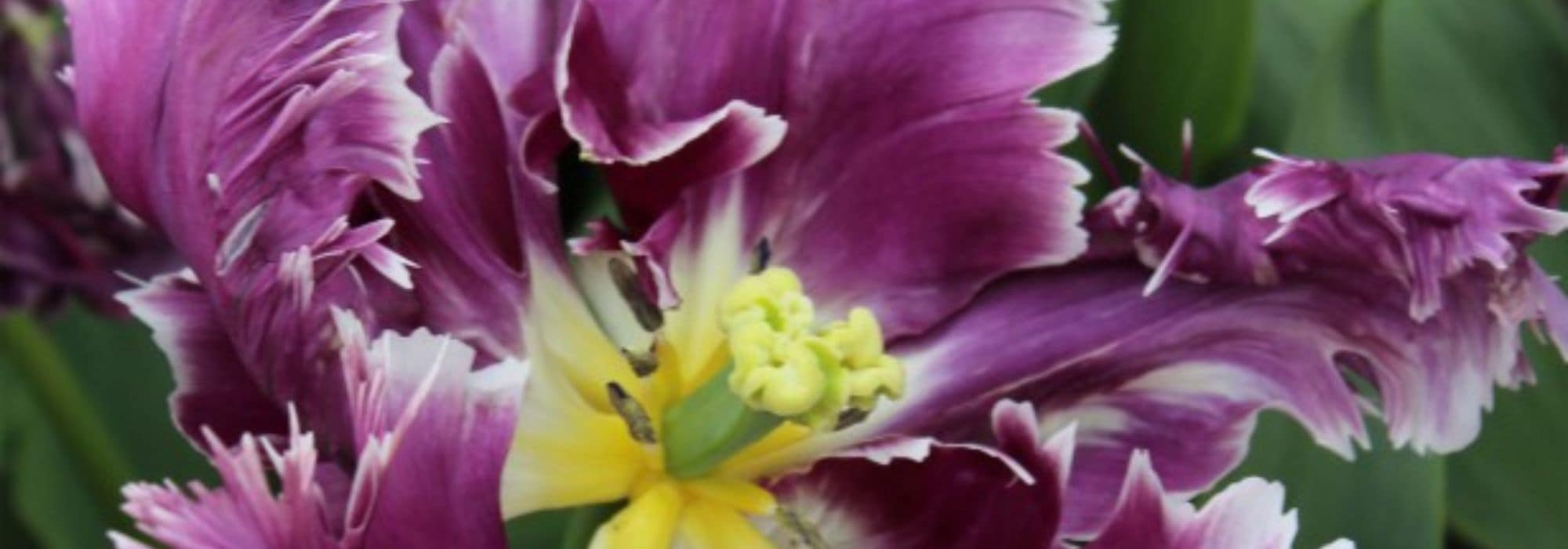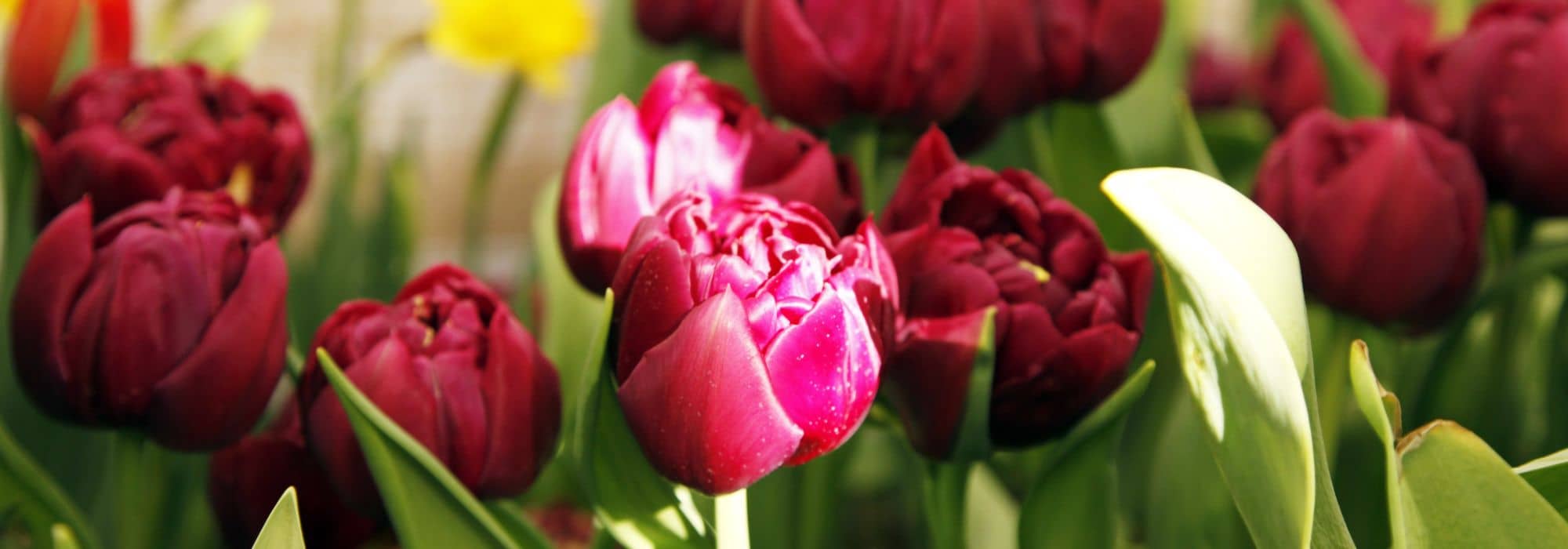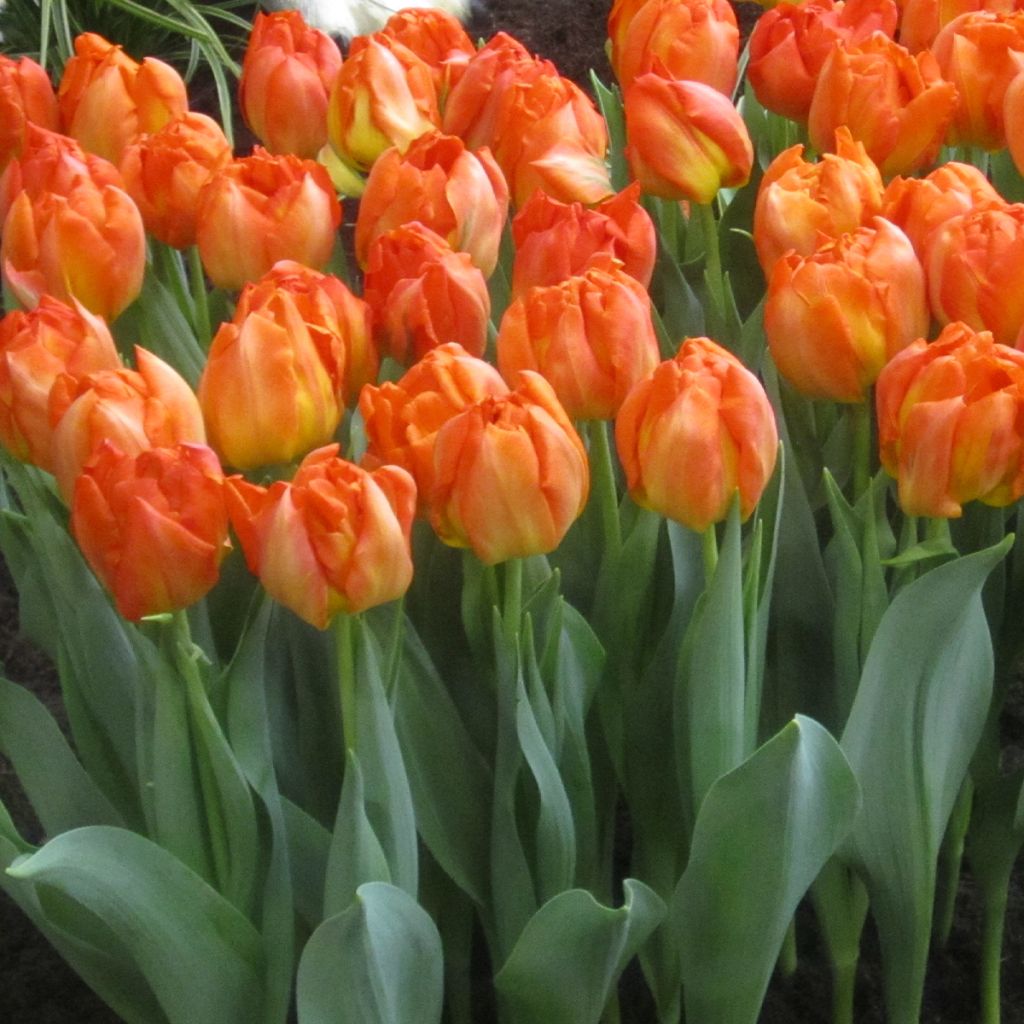

Tulipa Monte Orange- Double Early Tulip
Tulipa Monte Orange- Double Early Tulip
Tulipa Monte Orange
Tulip
Special offer!
Receive a €20 voucher for any order over €90 (excluding delivery costs, credit notes, and plastic-free options)!
1- Add your favorite plants to your cart.
2- Once you have reached €90, confirm your order (you can even choose the delivery date!).
3- As soon as your order is shipped, you will receive an email containing your voucher code, valid for 3 months (90 days).
Your voucher is unique and can only be used once, for any order with a minimum value of €20, excluding delivery costs.
Can be combined with other current offers, non-divisible and non-refundable.
This plant carries a 6 months recovery warranty
More information
We guarantee the quality of our plants for a full growing cycle, and will replace at our expense any plant that fails to recover under normal climatic and planting conditions.
Would this plant suit my garden?
Set up your Plantfit profile →
Description
The Early Double Tulip 'Monte Orange' stands out for the intensity of its early flowering, starting in the early days of spring. The flowers, with their orange tones and delicate fragrance, bring charm and appeal to the garden. Thanks to its long and sturdy stems, it can withstand inclement weather without difficulty. This tulip is perfect for enhancing flower beds, borders, pots, and containers, not to mention its long-lasting qualities in bouquets. Its flowering follows that of early single tulips.
The Early Double Tulip 'Monte Orange' belongs to the Lily family. Of horticultural origin, it is classified in the group of early double tulips, whose main characteristic is that they all flower at the same height, making them a preferred category among enthusiasts of well-arranged flower beds. Perched on sturdy stems measuring 30-40 cm (12-16in), just above the broadly lanceolate leaves, the double flowers, 9 to 11 cm (4in) wide when fully open, unfold in a dense and colourful array of petals. The beautiful flowers, composed of numerous orange petals, have a superb colour. The flowering takes place in April, at the heart of the tulip season. The foliage, consisting of beautiful glaucous lanceolate leaves, turns yellow and then dries up a few weeks after flowering, while the bulb goes into dormancy.
Early double tulips add an original touch of colour to your flower beds and bouquets, while being resistant and capable of withstanding various weather conditions. When designing your flower beds, it is important to consider the height and flowering period, as these may vary from one cultivar to another. It is recommended to plant some extra bulbs specifically for picking, as these tulips are perfect for floral arrangements that remain fresh for a long time in a vase. The 'Monte Orange' tulip adapts easily to all styles of gardens. In a contemporary garden, it creates a wonderful contrast with varieties such as the Triomphe 'Fontainebleau' or the Early Double Tulip 'Palmyra'. With its double orange flowers, it adds charm to a romantically inspired garden alongside yellow tulips like the Early Double Tulip 'Orca' or red tulips like the Early Double Tulip 'Eternal Flame'. In a natural garden, Forget-me-nots, Wood Hyacinths, or Grape Hyacinths will enhance its warm hues. Yellow bulbous plants like daffodils are also an excellent choice, as are foliage plants such as heucheras.
Plant habit
Flowering
Foliage
Botanical data
Tulipa
Monte Orange
Liliaceae
Tulip
Cultivar or hybrid
Other Single Tulips
View all →Planting and care
Plant the 'Monte Orange' tulip bulbs in autumn, from September to December, at a depth of 15 cm (6in), spacing them 10 cm (4in) apart. The planting should be done in ordinary soil, slightly acidic, neutral, or slightly alkaline, loose, well-worked, and well-drained. Never add undecomposed manure or compost to the planting soil, as this could cause the bulbs to rot. The tulip will grow well in moist to dry soil in summer. Plant it in a good location, sunny or partially shaded. Once flowering is finished, it is preferable to remove the fruits to avoid exhausting the plant.
Planting period
Intended location
Care
Planting & care advice
This item has not been reviewed yet - be the first to leave a review about it.
Haven't found what you were looking for?
Hardiness is the lowest winter temperature a plant can endure without suffering serious damage or even dying. However, hardiness is affected by location (a sheltered area, such as a patio), protection (winter cover) and soil type (hardiness is improved by well-drained soil).

Photo Sharing Terms & Conditions
In order to encourage gardeners to interact and share their experiences, Promesse de fleurs offers various media enabling content to be uploaded onto its Site - in particular via the ‘Photo sharing’ module.
The User agrees to refrain from:
- Posting any content that is illegal, prejudicial, insulting, racist, inciteful to hatred, revisionist, contrary to public decency, that infringes on privacy or on the privacy rights of third parties, in particular the publicity rights of persons and goods, intellectual property rights, or the right to privacy.
- Submitting content on behalf of a third party;
- Impersonate the identity of a third party and/or publish any personal information about a third party;
In general, the User undertakes to refrain from any unethical behaviour.
All Content (in particular text, comments, files, images, photos, videos, creative works, etc.), which may be subject to property or intellectual property rights, image or other private rights, shall remain the property of the User, subject to the limited rights granted by the terms of the licence granted by Promesse de fleurs as stated below. Users are at liberty to publish or not to publish such Content on the Site, notably via the ‘Photo Sharing’ facility, and accept that this Content shall be made public and freely accessible, notably on the Internet.
Users further acknowledge, undertake to have ,and guarantee that they hold all necessary rights and permissions to publish such material on the Site, in particular with regard to the legislation in force pertaining to any privacy, property, intellectual property, image, or contractual rights, or rights of any other nature. By publishing such Content on the Site, Users acknowledge accepting full liability as publishers of the Content within the meaning of the law, and grant Promesse de fleurs, free of charge, an inclusive, worldwide licence for the said Content for the entire duration of its publication, including all reproduction, representation, up/downloading, displaying, performing, transmission, and storage rights.
Users also grant permission for their name to be linked to the Content and accept that this link may not always be made available.
By engaging in posting material, Users consent to their Content becoming automatically accessible on the Internet, in particular on other sites and/or blogs and/or web pages of the Promesse de fleurs site, including in particular social pages and the Promesse de fleurs catalogue.
Users may secure the removal of entrusted content free of charge by issuing a simple request via our contact form.
The flowering period indicated on our website applies to countries and regions located in USDA zone 8 (France, the United Kingdom, Ireland, the Netherlands, etc.)
It will vary according to where you live:
- In zones 9 to 10 (Italy, Spain, Greece, etc.), flowering will occur about 2 to 4 weeks earlier.
- In zones 6 to 7 (Germany, Poland, Slovenia, and lower mountainous regions), flowering will be delayed by 2 to 3 weeks.
- In zone 5 (Central Europe, Scandinavia), blooming will be delayed by 3 to 5 weeks.
In temperate climates, pruning of spring-flowering shrubs (forsythia, spireas, etc.) should be done just after flowering.
Pruning of summer-flowering shrubs (Indian Lilac, Perovskia, etc.) can be done in winter or spring.
In cold regions as well as with frost-sensitive plants, avoid pruning too early when severe frosts may still occur.
The planting period indicated on our website applies to countries and regions located in USDA zone 8 (France, United Kingdom, Ireland, Netherlands).
It will vary according to where you live:
- In Mediterranean zones (Marseille, Madrid, Milan, etc.), autumn and winter are the best planting periods.
- In continental zones (Strasbourg, Munich, Vienna, etc.), delay planting by 2 to 3 weeks in spring and bring it forward by 2 to 4 weeks in autumn.
- In mountainous regions (the Alps, Pyrenees, Carpathians, etc.), it is best to plant in late spring (May-June) or late summer (August-September).
The harvesting period indicated on our website applies to countries and regions in USDA zone 8 (France, England, Ireland, the Netherlands).
In colder areas (Scandinavia, Poland, Austria...) fruit and vegetable harvests are likely to be delayed by 3-4 weeks.
In warmer areas (Italy, Spain, Greece, etc.), harvesting will probably take place earlier, depending on weather conditions.
The sowing periods indicated on our website apply to countries and regions within USDA Zone 8 (France, UK, Ireland, Netherlands).
In colder areas (Scandinavia, Poland, Austria...), delay any outdoor sowing by 3-4 weeks, or sow under glass.
In warmer climes (Italy, Spain, Greece, etc.), bring outdoor sowing forward by a few weeks.































